Spring Challenge is one of the standouts of New Zealand adventure racing. Teams of three women take part in an epic day that includes rafting/Kayaking, mountain biking, hiking and orienteering.

Spring Challenge is one of the standouts of New Zealand adventure racing. Teams of three women take part in an epic day that includes rafting/Kayaking, mountain biking, hiking and orienteering.
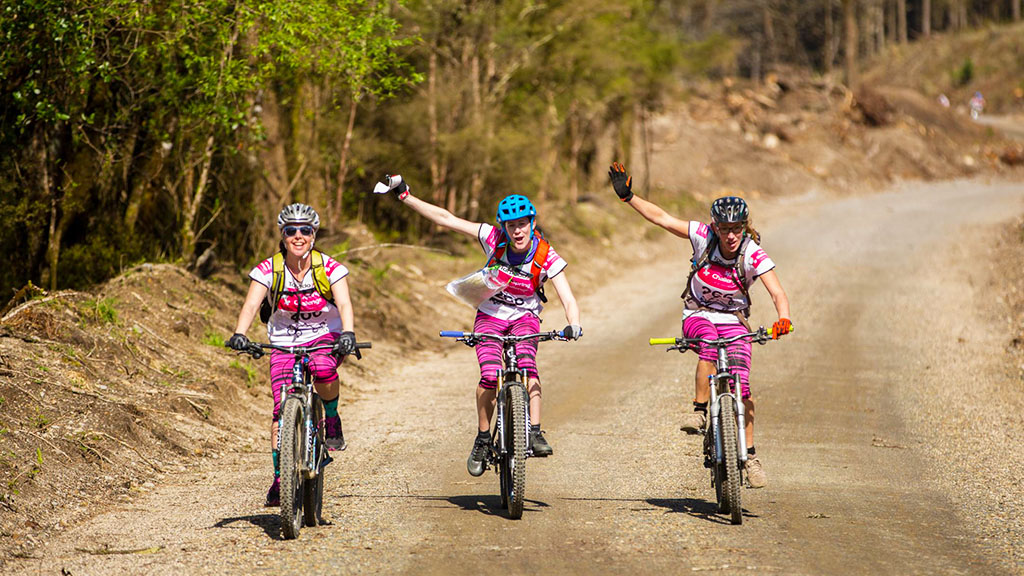
The events are broken down into three main race categories:
3-hour (beginner): An Introduction to Adventure Racing. Rafting (South Island - two teams per raft with a guide) or Kayaking (North Island - three-person kayak), non-technical mountain biking, basic navigation, trail and easy off-trail hiking - a bit of a challenge but nothing too intense. Time range 3 to 6 hours.
6-hour (intermediate): More of a challenge. Rafting (South Island - two teams per raft with a guide) or Kayaking (North Island - three-person kayak), mostly non-technical mountain biking but can have a few rugged bits linking the course together, walking with bike an option in these sections. Hiking on and off trails can contain rough ground to pass over and stream crossings. Navigation is intermediate level, map and compass knowledge needed. Time range 6 to 12-hours.
9-hour (advanced): The epic version of the Spring Challenge, expect a mission! Time range 9 to 20-hours.
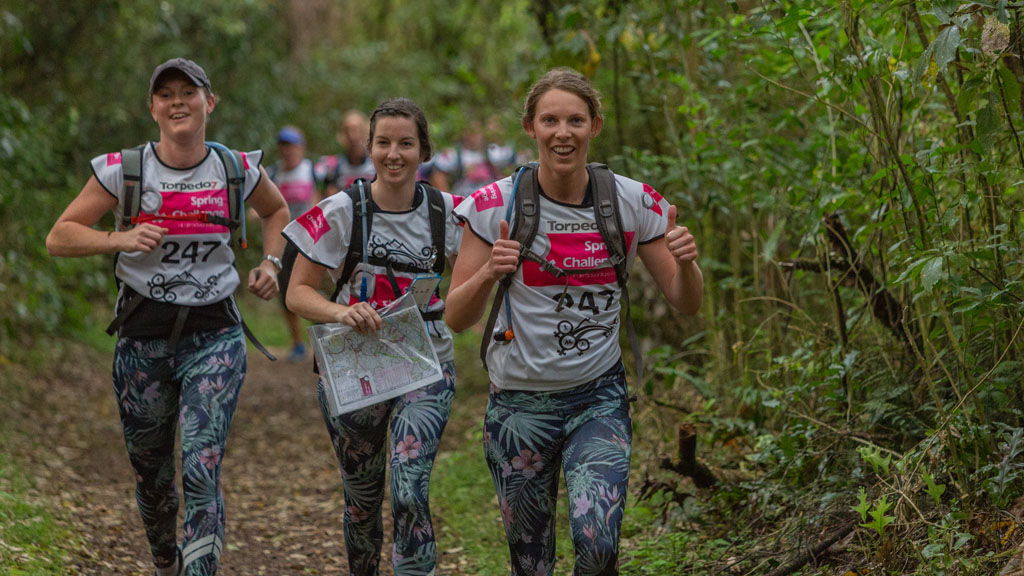
So you have decided to take on the Spring Challenge, good on you! The hardest part is done, you've committed to the event. You've got your two other team members, you've been doing some training, you are ready to race, or are you?
Endurance events do need some preparation. Having the right gear for the right conditions can make all the difference between having an extremely uncomfortable day, or being safe, warm, and having the piece of mind that you have the right gear for the job at hand.
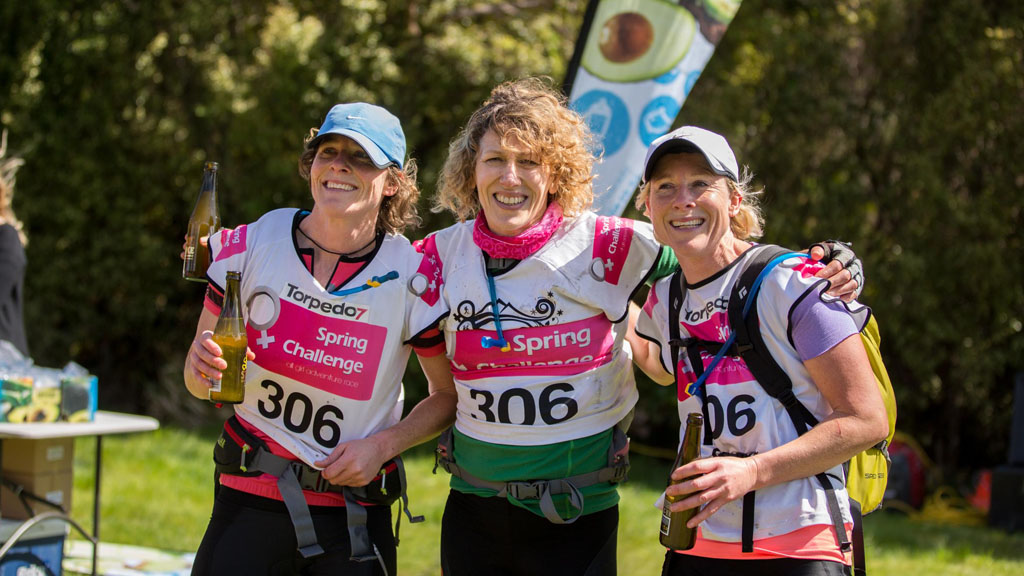
In the rafting section, everyone needs a wetsuit, helmet and running shoes. Wearing these items in the boat ensure you are safe and relatively warm, which means you can enjoy the paddle down river and take in some of that beautiful scenery along the way. Wetsuits come in a variety of thicknesses depending on the temperature of the water. Hopefully you won't be spending too much time in the water so a steamer wetsuit will do the trick - there are plenty of options in the 2/3mm and the 3/4mm range, go thicker depending on how much you feel the cold.
The range of triathlon wetsuits provides more options, though they are built for speed rather than durability. When choosing a wetsuit, it's a good idea to try it on first to make sure you get the right size, there's no rubbing points and you can maintain a wide range of movement comfortably. In the raft wear your running shoes and your bike helmet, this will keep you safe from any bumps or knocks if by any chance you happen to come out of the boat. Two teams per raft with a guide. Lifejacket and paddle provided.
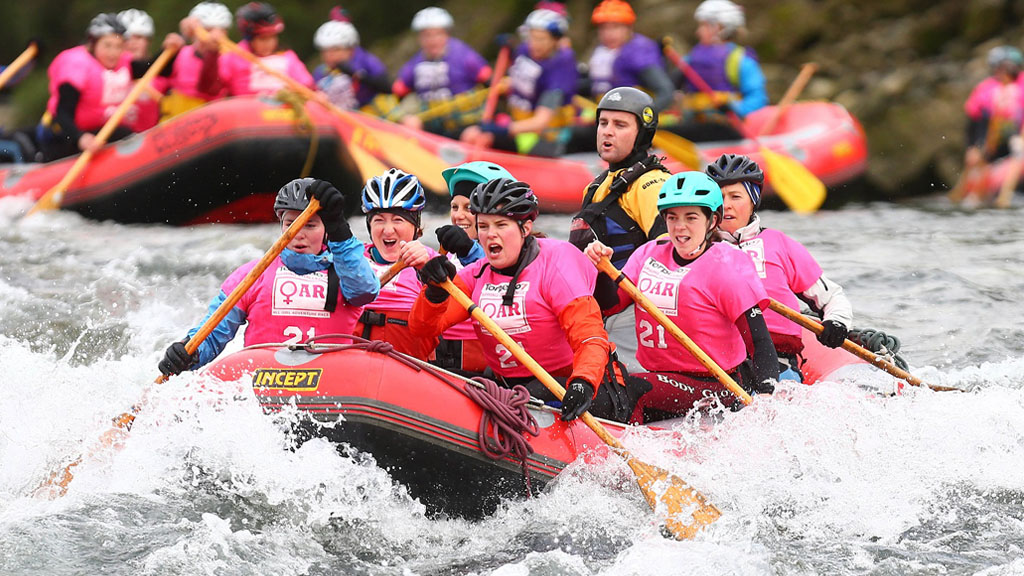
Your team will be provided with a lifejacket and paddle. It is not compulsory to have a wetsuit for kayaking however we strongly suggest at least a wetsuit top.
You guessed it, you're going to need a MTB. Depending on your budget and riding ability there is something in our mountain bike range to suit. Hard tail bikes MTB's are cheaper but not as comfortable as a dual suspension MTB's, which cost a little more in purchase price and maintenance, but are more comfortable on the trail. Whether your bike is new or you've managed to borrow one for event day, make sure your bike is set up to your body shape and riding preference. Also, make sure everything on the bike has been safety checked. You'll be in the saddle for a fair amount of time on the day so making sure the bike is set up right is key to enjoying the ride.
You will also need a small maintenance kit for any repairs needed on the trail - basic multi-tools and puncture repair should do the trick here. Helmets are also compulsory for the bike stages.
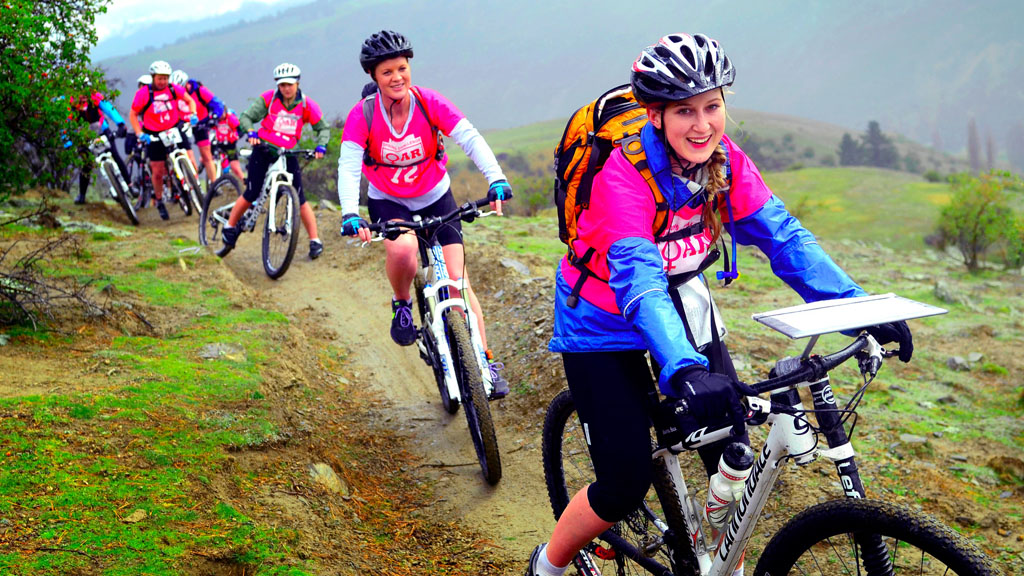
The race category you are entering will determine what compulsory gear you need to carry as an individual, and what you need to carry as a team. The majority of the 3-hour compulsory gear crosses over to the other categories, you'll just need to carry a few extras the longer you are on course. This is great if you are starting off this year in the 3-hour category but want to go further in the coming seasons; you'll be able to use your gear again in future races.
So let's start in on what you'll need as a minimum for the shortest race category, the 3 hour.
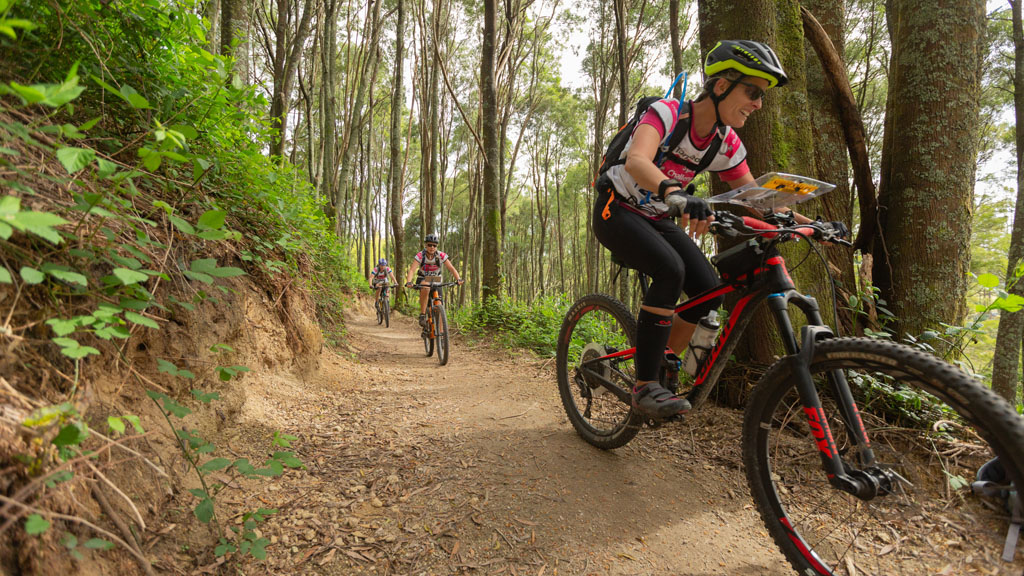
For the 3-hour race category you will need the following compulsory gear for the biking and hiking stages.
Waterproof Jacket - There is a huge range and options for all budgets. From basic shells right through to double taped seamed Gore-Tex jackets. This is your outer skin against the elements, so it's important to have a decent jacket.
Warm Thermal Jersey - This is your second layer after your thermal and can be worn under your jacket when needed.
Thermal Top - This is directly against your skin and is your first thermal protection layer. Although a little more expensive, Merino options are great because they deal with moisture and are resistant to odours and have built in sun protection.
Thermal Pants (leggings) - This is the base layer for your legs and the same applies as thermal tops.
Buff - you can lose a large amount of body heat through the head area so keeping your head warm in cold conditions is a must. Choose something warm and comfy - again Merino is a great option here.
Warm gloves - It's crucial to keep your hands warm in adventure racing, as you'll need to perform other key tasks in the race.
Backpack - A comfortable backpack is a must. Most daypacks will have a bladder system for hydration which is great when you're on the move. You want the pack to fit everything you need, but not be too bulky to race with. Torpedo7 and Camebak cover various options and price ranges to suit you.
Sea to Summit have some great waterproof accessories, dry bags, map cases and other adventure items to make your day more enjoyable.
We also highly recommend Merrell footwear.
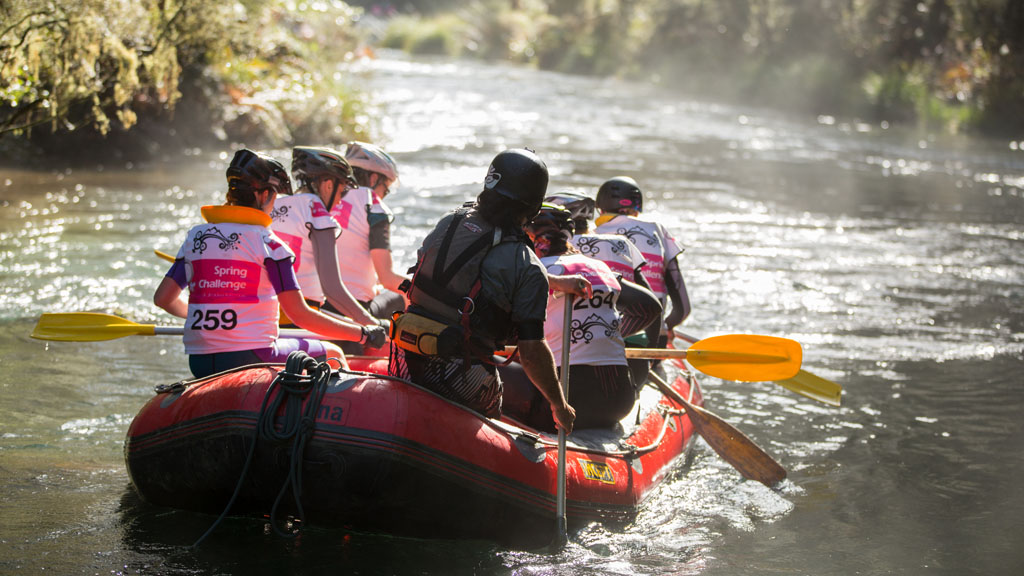
All of the 3-hour individual gear above but add in waterproof trousers and a head torch.
All of the 3-hour individual gear above but add in waterproof trousers, head torch, survival blanket and whistle.
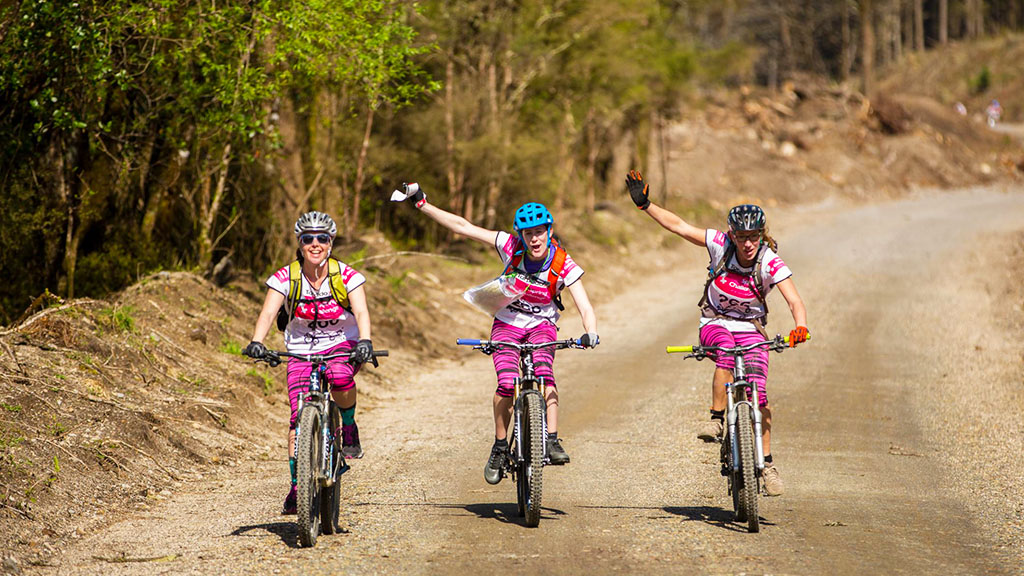
In addition to your individual gear the team needs to carry these items.
A basic first aid kit (minimum of bandages, strapping tape, pain killers). Extra handy additions could include sunblock, chafing cream and insect bite treatment. A compass is needed for the hiking stages, along with a head torch and phone for emergencies. Make sure your phone is in a waterproof bag and is fully charged.
If you've entered the 6-hour category add a survival blanket. If you're in the 9-hour category your team will need to carry the same team gear as the 3-hour category, but also maps and a control card which is supplied to you. In the 9-hour race the survival blanket and head torch become part of your compulsory individual gear list.
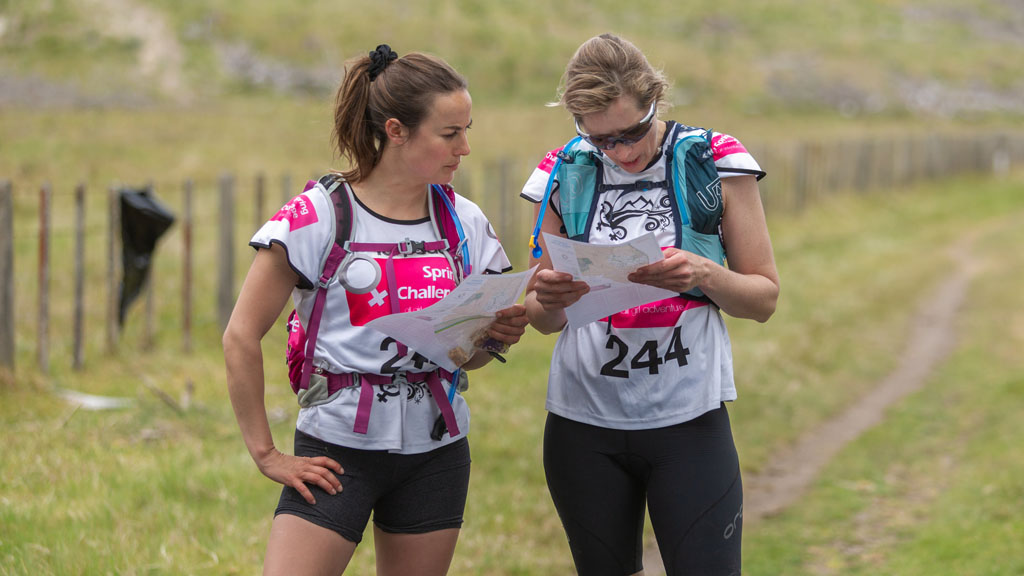
Each team needs its own support crew. Ideally 2-3 people is the best number, but some teams manage fine with just 1 person. The support crew meet the team at the Transition Areas (TA's) and help the team to change from one discipline to the next. It's strongly suggested a 4WD vehicle is used as the crew vehicle. Each team is only permitted 1-support vehicle.
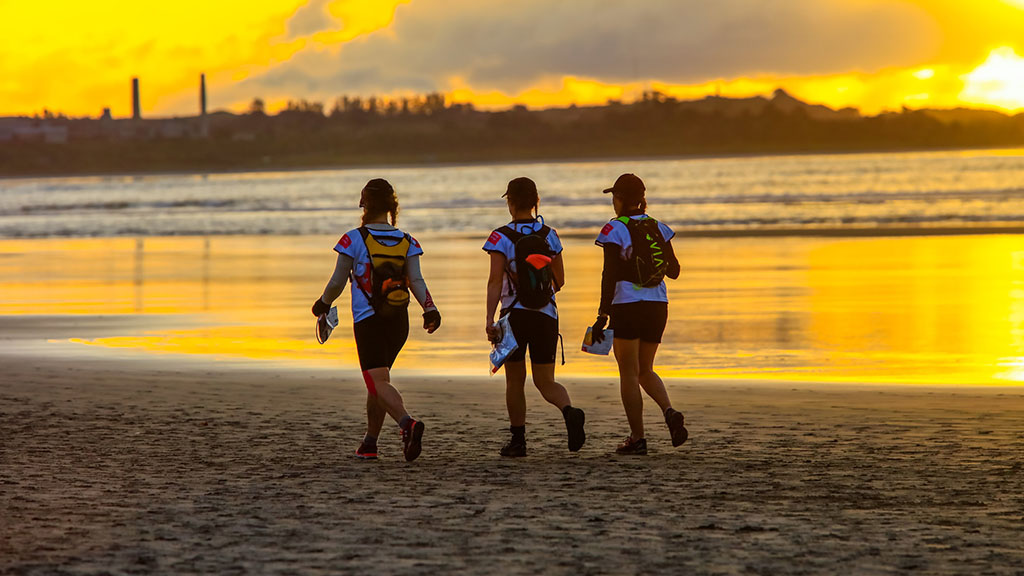
Making lists, buying, borrowing and sometimes begging for gear is all part of adventure racing and what makes it so much fun! Being prepared for race day and hitting the start line knowing you have done everything you should have in the lead-up ultimately means you'll have more of an enjoyable experience during the race.
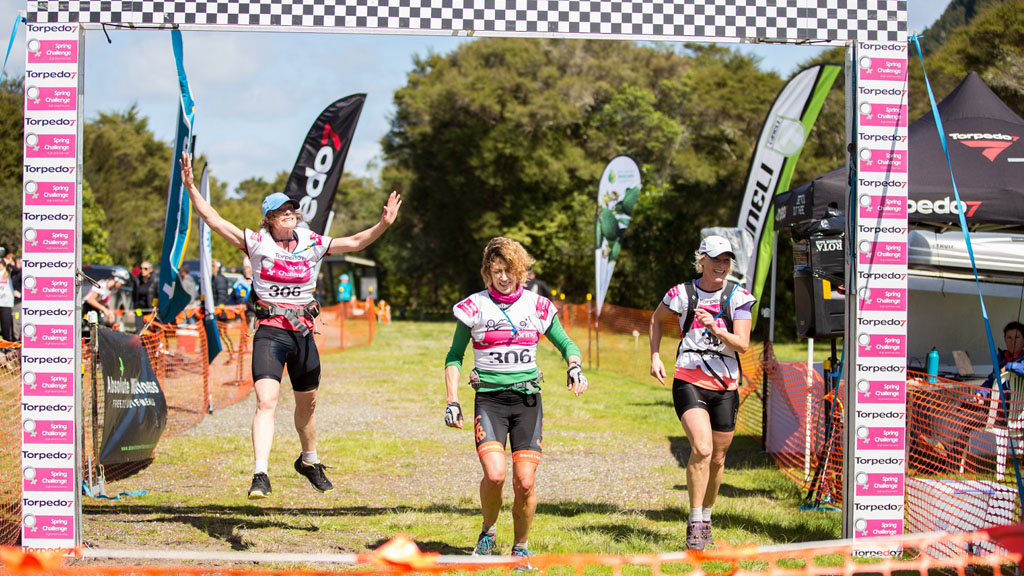
All that's left is to get out there and enjoy your Spring Challenge!
